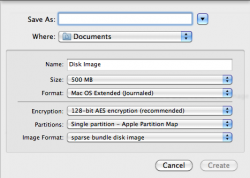I was on apple's website browsing around, and it occurred to me: How can all my information on my MBP be secure, if anyone who knows how to use a mac can just start it up as a hard drive (holding "T" upon startup), hook up to it with a firewire cable, and drag whatever they want off of it? Is there a way to secure it?
Just some food for thought.
Thanks
Just some food for thought.
Thanks


